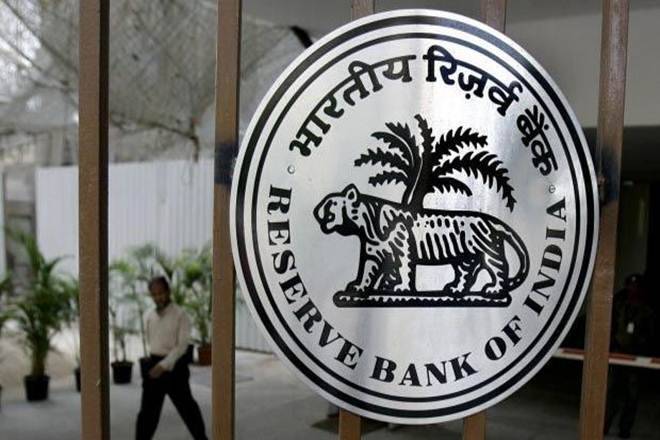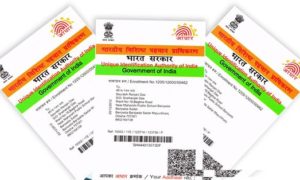The Reserve Bank of India (RBI) introduced the Retail Direct Scheme in 2020 to empower retail investors by granting them easy access to a spectrum of investment options, including Government Securities (G-Secs) and Sovereign Gold Bonds (SGBs). This initiative simplifies the management of investments in G-Secs, promoting financial inclusivity and market participation.
Also Read- Timely Payment to MSMEs: Latest Rule To Come into Force from Monday
Understanding Government Securities:
Government Securities, or G-Secs, serve as financial instruments through which the government raises funds for public projects. These securities encompass various forms, such as Government Promissory Notes and bearer bonds, offering investors a secure avenue for investment.
Purpose Behind Retail Direct Scheme :
Historically, institutional investors dominated the G-Sec market, leaving limited opportunities for individual investors. The Retail Direct Scheme aims to change this narrative by encouraging retail participation, thereby diversifying the investor base, enhancing market liquidity, and ensuring stable demand for government bonds.
Securities Available under RBI Retail Direct Scheme :
Investors leveraging the RBI Retail Direct platform gain access to a wide array of government securities, including Government of India Treasury Bills, Dated securities, State Development Loans, and Sovereign Gold Bonds.
Benefits of RBI Retail Direct Scheme :
The Retail Direct Scheme extends several advantages to investors, including the ability to place non-competitive bids in primary issuances, access to the secondary market for buying and selling securities, and automatic receipt of interest payments and maturity proceeds directly into linked bank accounts.
Eligibility Criteria for Retail Direct Scheme :
To participate in the Retail Direct Scheme, investors must maintain a rupee savings bank account in India, possess a Permanent Account Number (PAN), provide valid Know Your Customer (KYC) documents, and for non-resident investors, comply with Foreign Exchange Management Act (FEMA) regulations.
Also Read- Petrol, Diesel Fresh Prices Announced: Check Rates In Your City On March 31
Documents Required for Opening an RDG Account :
The process of opening an RDG account necessitates certain documents, including PAN Card, mobile number, email address, scanned signature, bank account details, Aadhaar Number linked with a registered mobile number, and address proof.
Step-by-Step Guide to Opening an RDG Account:
Registration: Visit https://rbiretaildirect.org.in and initiate the account opening process.
Details Submission: Furnish personal details including PAN, mobile number, email address, residential address, and savings bank account number.
Authentication: Verify mobile numbers and email addresses using OTP for subsequent requests and services.
Reference Number: Receive a reference number for tracking application status.
KYC Verification: Undergo KYC verification, including joint account holders if applicable.
Nomination: Provide nomination details during the account opening process.
Bank Account Linking: Link the savings bank account to the Retail Direct account by verifying a token transaction.
Account Opening: Upon successful KYC verification, an RDG account will be opened.
Access Information: Receive account credentials via a registered email address for accessing the Online Portal.
Also Read- PhonePe takes UPI abroad! Now users in THIS country can use India’s flagship payment mode
In case of KYC failures, individuals can resubmit applications or make necessary changes for successful verification. With the RBI Retail Direct Scheme, investing in government securities becomes more accessible, ushering in a new era of financial inclusion and market participation for retail investors.





































